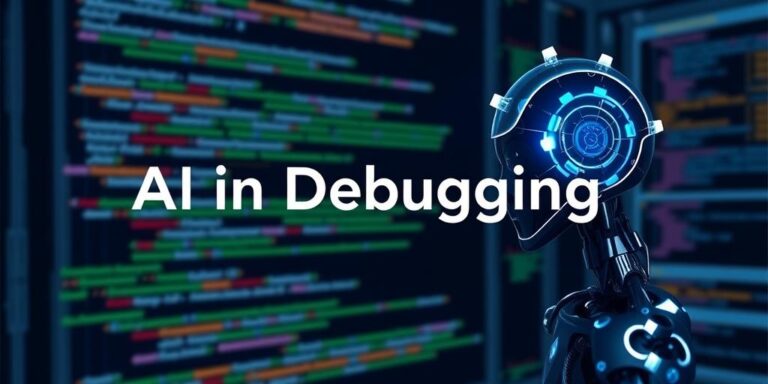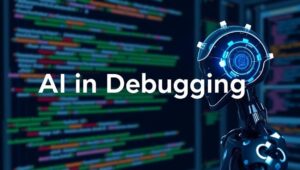AI in Debugging: Finding and Fixing Issues Faster (2025)
Debugging is a critical part of software development, but it can also be one of the most time-consuming and frustrating. As software systems become more complex, the task of identifying and fixing bugs becomes increasingly challenging. Fortunately, Artificial Intelligence (AI) is emerging as a powerful tool to streamline the debugging process, making it faster, more efficient, and less error-prone.
How AI is Transforming Debugging
AI’s ability to analyze vast amounts of data, recognize patterns, and learn from experience makes it uniquely suited for debugging. Here are some key ways AI is transforming the field:
- Automated Bug Detection: AI algorithms can scan codebases to identify potential bugs and vulnerabilities before they cause problems. Machine learning models can be trained on historical bug data to recognize patterns and predict where new bugs are likely to occur.
- Intelligent Root Cause Analysis: When a bug is detected, AI can analyze the system’s state, execution logs, and other relevant data to pinpoint the root cause of the issue. This can significantly reduce the time developers spend manually tracing code and trying to understand the sequence of events that led to the bug.
- Predictive Debugging: AI can be used to predict potential bugs based on code changes, system configurations, and user behavior. This allows developers to proactively address issues before they impact users.
- Self-Healing Systems: In some cases, AI can even automatically fix bugs without human intervention. For example, AI can be used to identify and correct memory leaks, optimize code for performance, and automatically roll back faulty deployments.
Benefits of AI-Powered Debugging
AI-powered debugging offers a number of benefits to software development teams:
- Reduced Debugging Time: AI can automate many of the manual tasks involved in debugging, such as code analysis, log analysis, and root cause analysis. This can significantly reduce the amount of time developers spend debugging, freeing them up to focus on other tasks.
- Improved Software Quality: By identifying and fixing bugs earlier in the development process, AI can help improve the overall quality of software. This can lead to fewer crashes, better performance, and a more positive user experience.
- Increased Developer Productivity: When developers spend less time debugging, they can be more productive. AI-powered debugging can help developers focus on writing new code and building new features.
- Lower Development Costs: By reducing debugging time and improving software quality, AI can help lower the overall cost of software development.
Examples of AI Debugging Tools
Several AI-powered debugging tools are already available on the market. Here are a few examples:
- Facebook’s Sapienz: An AI-powered tool that automatically generates tests and identifies bugs in mobile apps.
- Diffblue Cover: An AI tool that writes Java unit tests to prevent regressions and improve code coverage.
- SeaLights: An AI-powered testing platform that provides insights into code quality and test coverage.
Challenges and Future Directions
While AI has the potential to revolutionize debugging, there are also some challenges to overcome. One challenge is the need for large amounts of data to train AI models. Another challenge is the risk of AI models making incorrect predictions or generating false positives. Despite these challenges, AI is poised to play an increasingly important role in debugging in the years to come. As AI technology advances, we can expect to see even more sophisticated AI-powered debugging tools emerge, further streamlining the software development process.




